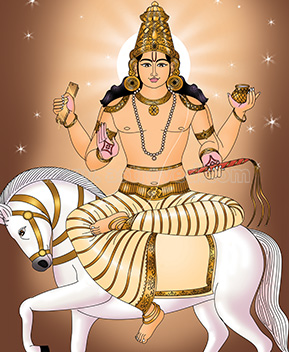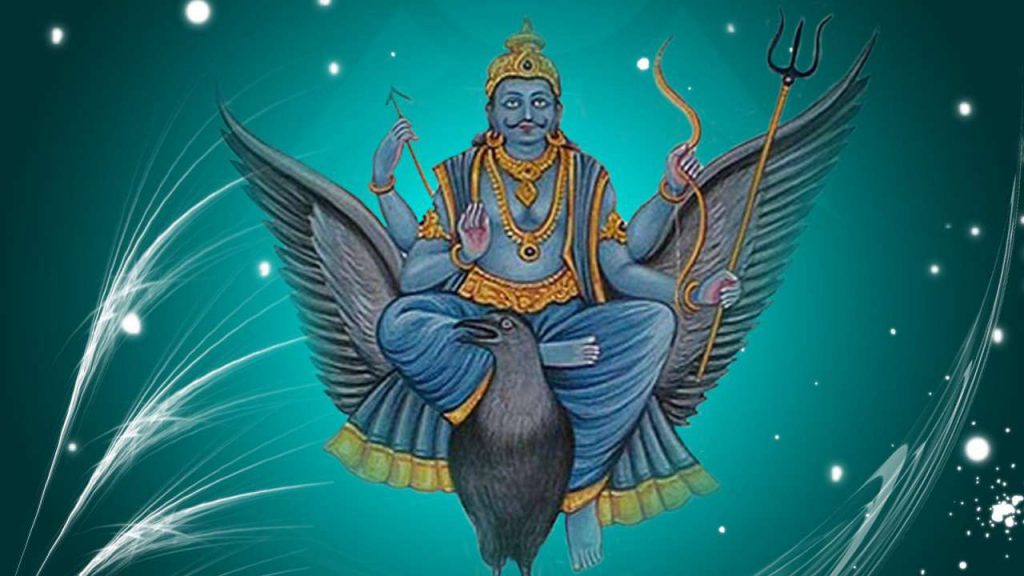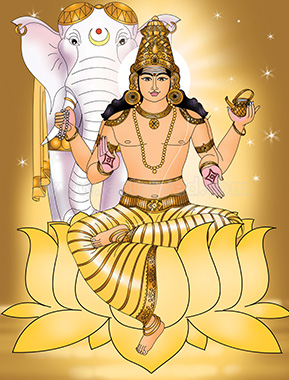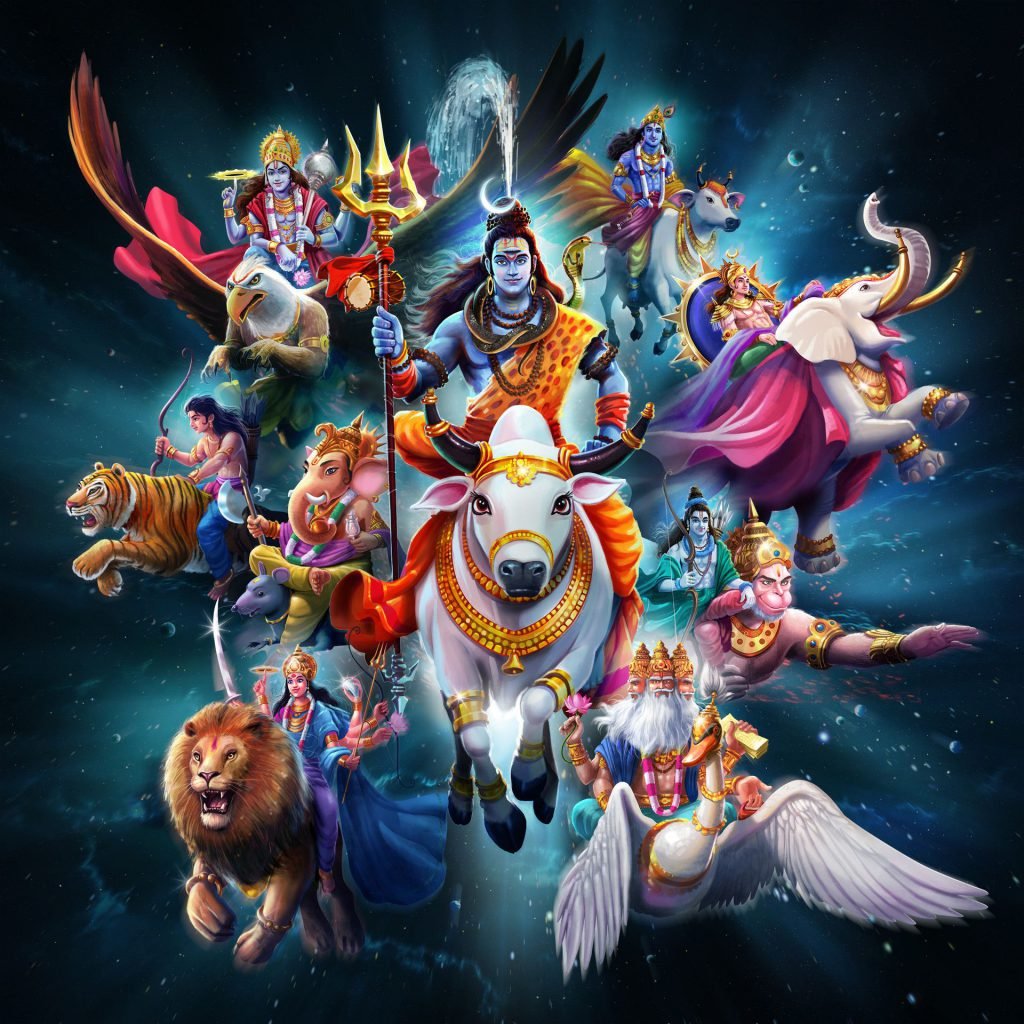
Dashavatar: Lord Vishnu’s Ten Avatars
The Word Dashavatar means Ten Incarnations or Ten Avatars
Dash’ or ‘Daśā’ (दश) means ‘ten’
‘Avatara’ (अवतार) means ‘incarnation’
The word “Avatar”, a Sanskrit word means “descent”. In Sanatana Dharma it means the Descent/Incarnation/Manifest/Appearance of Lord/Supreme Being/Deity in an earthly embodiment.
There is no reference of Avatar exists in Vedas. The Bhagavad Gita discusses the subject matter associated with Avatar in textual format in Chapter 4 Slokas 5~9, where Lord Shri Krishna Himself declared the role of taking Avatar.
Whenever and wherever there is a decline in religious practice, O descendant of Bharata, and a predominant rise of irreligion — at that time I descend Myself. To deliver the pious and to annihilate the miscreants, as well as to reestablish the principles of religion, I Myself appear, millennium after millennium. (Bhagavad Gita Chapter 4 Verses 7~8)
The Dashavatara refers to the ten Primary incarnations of Lord Vishnu, the god of preservation. Vishnu is said to descend in the form of an avatar to restore balance in the world.
The list of included avatars varies across sects and regions. All avatars have appeared except Kalki, who will appear at the end of the Kali Yuga.
The order of the ancient concept of Dashavataras has been interpreted to be reflective of modern Darwinian evolution- it is the theory of evolution told as a story, written between 12-14,000 years ago. It describes the cycle of human evolution beginning in water as Matsya the fish, on to the amphibious phase (half land and water) as Koorma, the tortoise, on to begin firmly established on land as the wild boar Varaha, then Narsimha- half man- half animal, followed by Vamana, the Dwarf man, on to Parashurama, the emotionally volatile man, on to Rama, the peaceful man, then Krishna, a loving man followed by Buddha, the meditative man, who is said to be succeeded by the final incarnation of Vishnu, or the last stage of evolution as Kalki, the mystical man. This is thus also a description of the evolution of consciousness
Matsya: The Fish
King Vaivasvata Manu finds a little fish in the palm of his hands when performing the tarpana (water-offering). Manu keeps the fish, which keeps growing, eventually releasing it into the ocean, realizing it is Vishnu. Vishnu informs Manu of the coming destruction of the world, by means of fires and floods, and directs Manu to collect “all creatures of the world”, Seven Sages (SaptRishis), seeds of all plants, one animal type of each species etc and keep them safe on a boat built by the gods. When the deluge (Pralaya) comes, Vishnu appears as a great fish with a horn, to which Manu ties the boat, which leads them into safety.
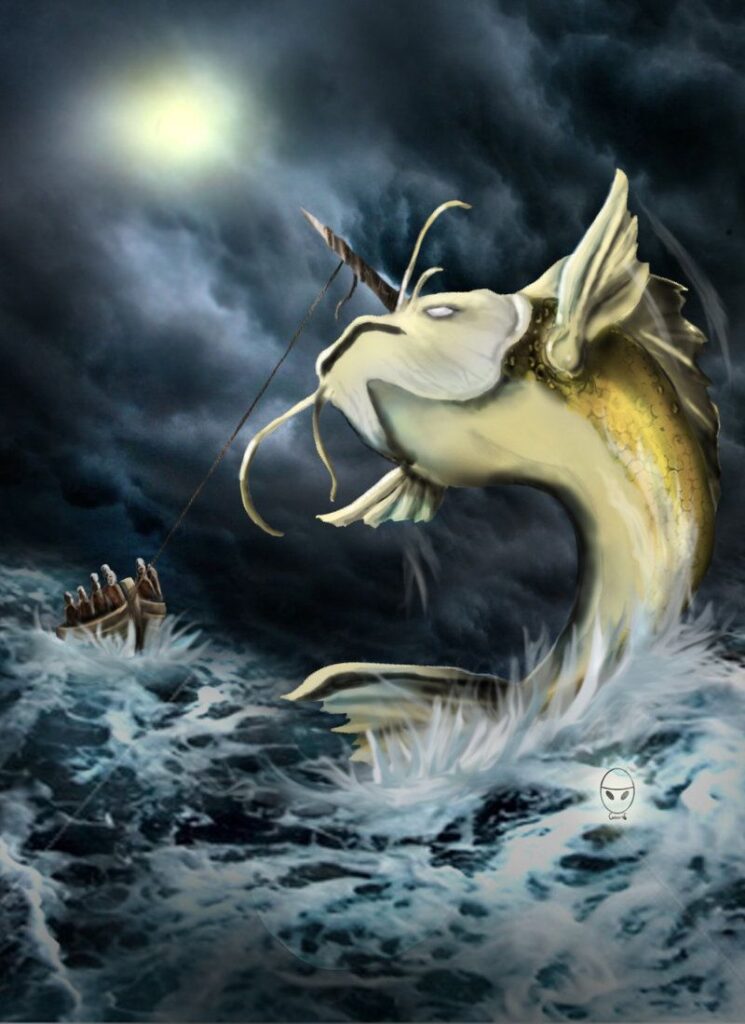
Kurma: The Giant Tortoise
When the devas and asuras were churning the Ocean of milk in order to get Amrita, the nectar of immortality, the mount Mandara they were using as the churning staff started to sink and Vishnu took the form of a tortoise to bear the weight of the mountain.
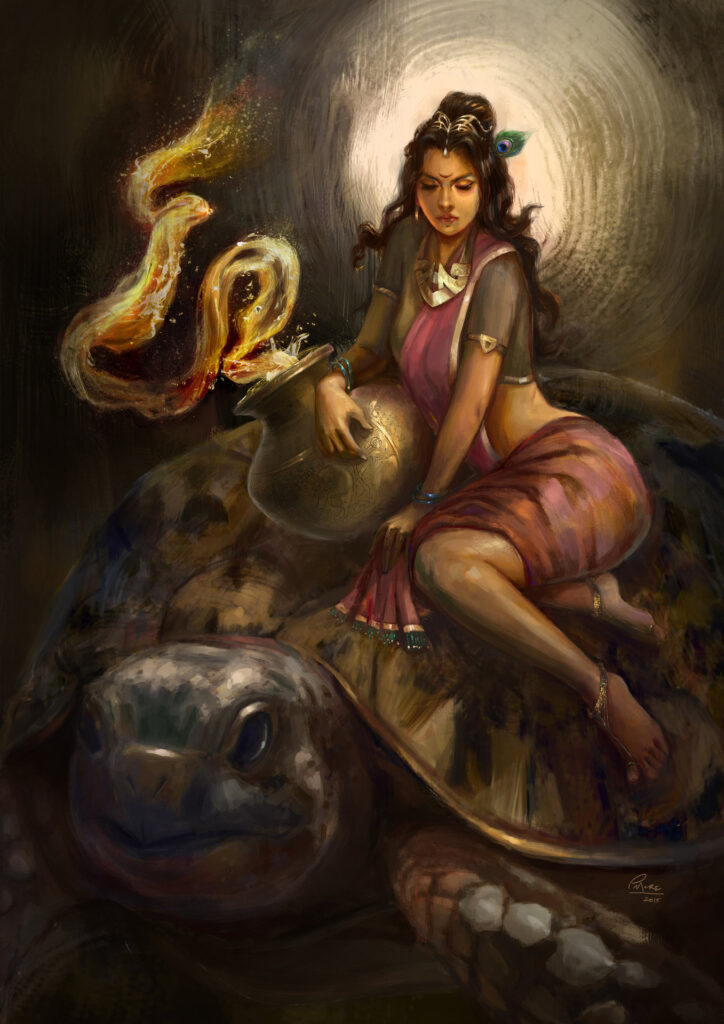
Varaha: The Boar
He appeared to defeat Hiranyaksha, a demon who had taken the Earth, or Prithvi, and carried it to the bottom of what is described as the cosmic ocean (much like in ether theory) in the story. The battle between Varaha and Hiranyaksha is believed to have lasted for a thousand years, which the former finally won. Varaha carried the Earth out of the ocean between his tusks and restored it to its place in the universe.
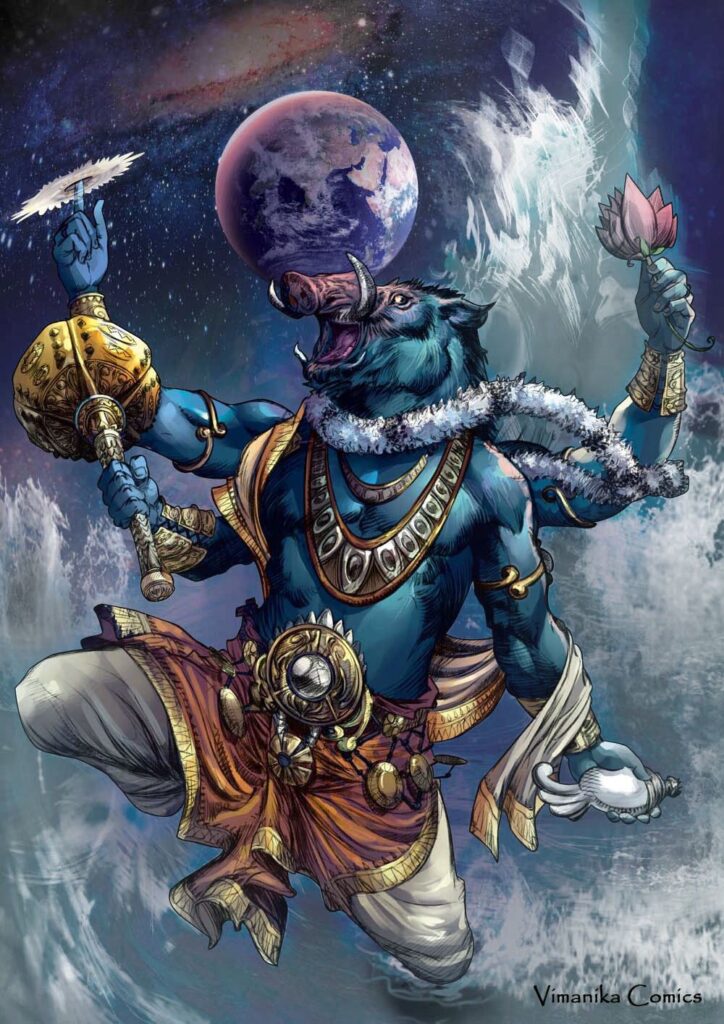
Narasimha: The Half-Man/Half-Lion
Jaya and his brother Vijaya are cursed by the sage Sanaka when they stop him from seeing Vishnu, and will be reborn three times as demons (asura) to be killed by Vishnu. In their first demonic birth they become Hiranyaksha and Hiranyakashipu. Hiranyakashipu persecuted everyone for their religious beliefs including his son who was a Vishnu follower. he was protected by Brahma, and could by no means be killed. Vishnu descended as an anthropomorphic incarnation, with the body of a man and head and claws of a lion. He disemboweled Hiranyakashipu, and brought an end to the persecution of human beings including his devotee Prahlada.
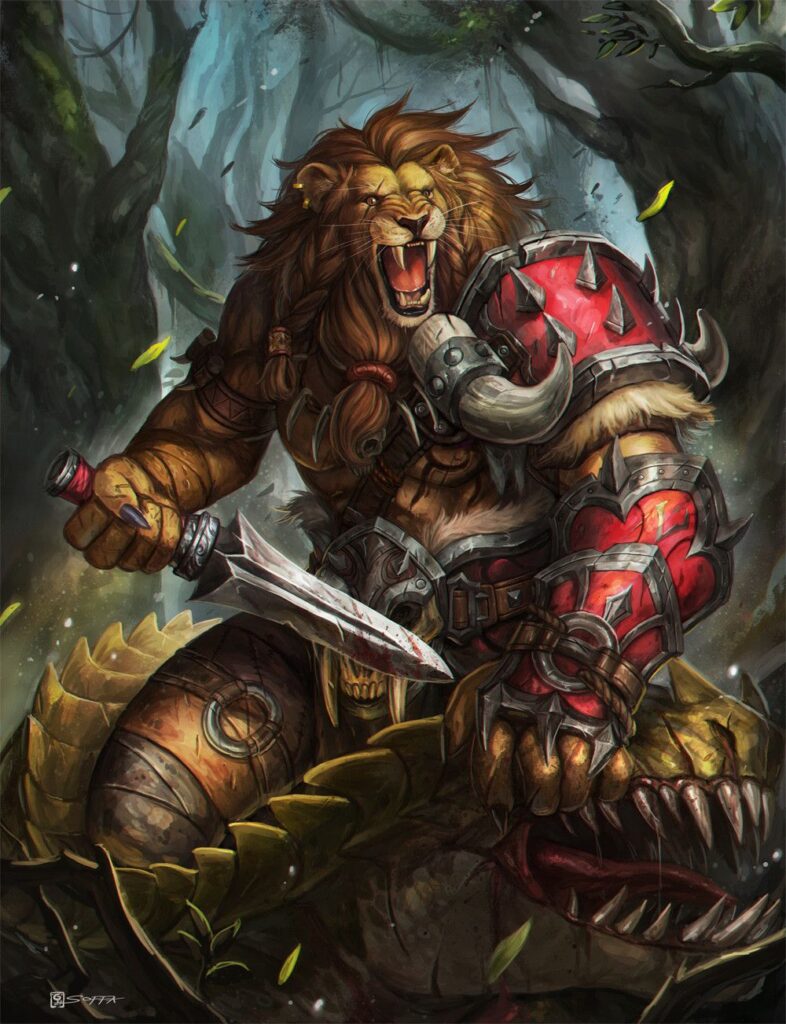
Vamana: The Dwarf
The fourth descendant of Vishnu, Bali, with devotion and penance was able to defeat Indra, the god of firmament. This humbled the other deities and extended his authority over the three worlds. The gods appealed to Vishnu for protection and he descended as a boy Vamana. During a yajna (यज्ञ) of the king, Vamana approached him and Bali promised him for whatever he asked. Vamana asked for three paces of land. Bali agreed, and the dwarf then changed his size to that of a giant Trivikrama form. With his first stride he covered the earthly realm, with the second he covered the heavenly realm thereby symbolically covering the abode of all living beings. He then took the third stride for the netherworld. Bali realized that Vamana was Vishnu incarnate. In deference, the king offered his head as the third place for Vamana to place his foot. The avatar did so and thus granted Bali immortality and making him ruler of Pathala, the netherworld. This legend appears in hymn 1.154 of the Rigveda and other Vedic as well as Puranic texts.

Parashurama: The Warrior Sage
He is son of Jamadagni and Renuka and was granted as boon, an axe after a penance to Shiva. He is the first Brahmin-Kshatriya in Hinduism, or warrior-sage, who had to follow the Dharma of both, a Brahmin as well as a Kshatriya. Once, when king Kartavirya Arjuna and his hunting party halted at the ashrama of Jamadagni, the father of Parashurama, and the sage was able to feed them all with the aid of the divine cow Kamadhenu. The king demanded the cow, but Jamadagni refused. Enraged, the king took it by force and destroyed the ashram. Parashurama then killed the king at his palace and destroyed his army. In revenge, the sons of Kartavirya killed Jamadagni. Parashurama took a vow to kill every Kshatriya on earth twenty-one times over, and filled five lakes with their blood. Ultimately, his grandfather, Rishi Rucheeka, appeared before him and made him halt. He is a chiranjeevi (immortal), and believed to be alive today in penance at Mahendragiri. He also credited for creating coastal belt of Karnataka and Kerala throwing his mighty axe as per Hindu mythology. The place the axe landed in sea got its water displaced and the land which emerged thus came to be known as coast of Karnataka and whole of Kerala.
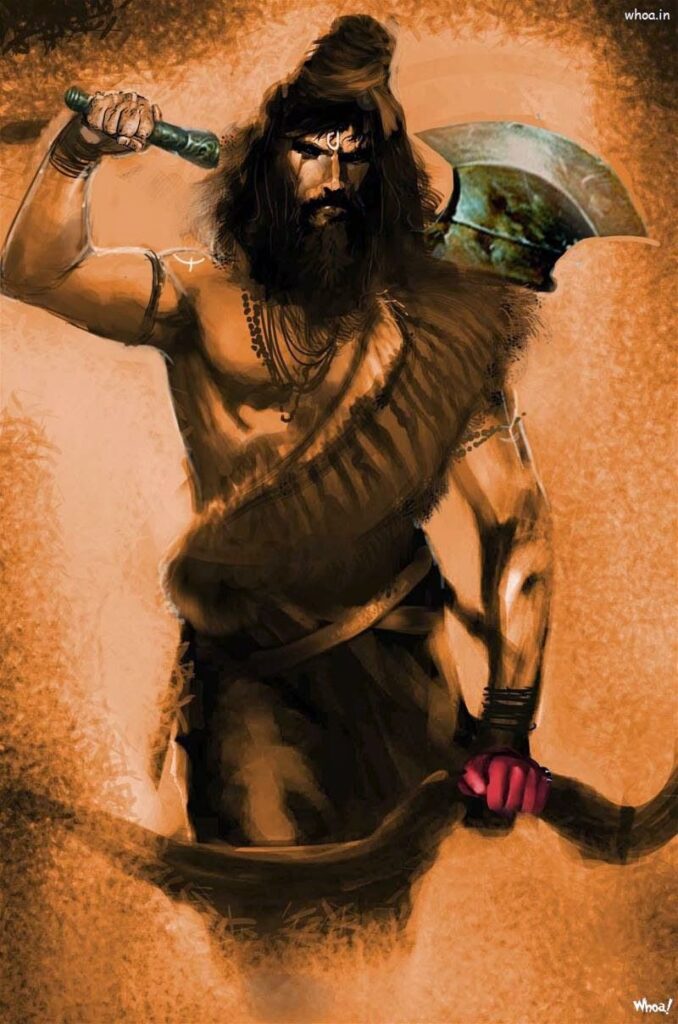
Rama: The Prince and King of Ayodhya
He is a commonly worshipped avatar in Hinduism, and is thought of as the ideal model of a common prince without super powers, despite being an incarnation. His story is recounted in one of the most widely read scriptures of Hinduism, the Ramayana. While in exile from his own kingdom with his brother Lakshman and the God Hanuman, his wife Sita was abducted by the demon king of Lanka, Ravana. He travelled to Lanka, killed the demon king and saved Sita. Rama and Sita returned home and were crowned. The day of the return of Prince Rama to the kingdom of Ayodhya is celebrated in the form of festival Diwali all over India. He is one of the most righteous kings who ever ruled.
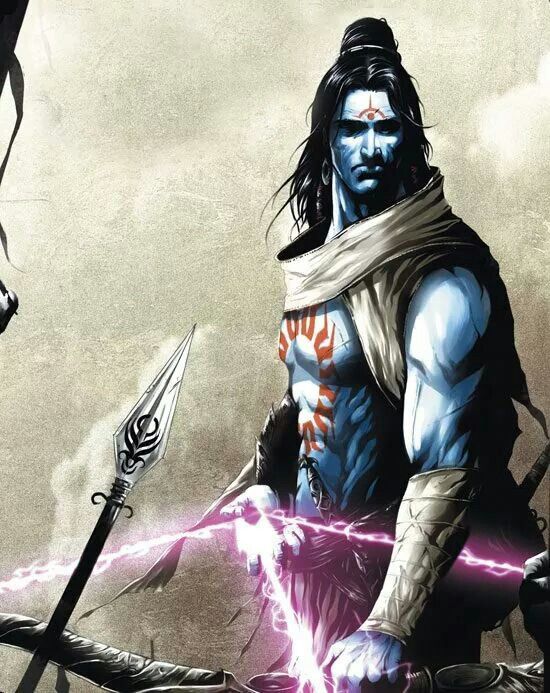
Krishna
Krishna was the eighth son of Devaki and Vasudeva and the foster-son of Yashoda and Nanda. A frequently worshipped deity in Hinduism, he is the hero of various legends, particularly the Kansa-vadha and Mahabharata and embodies several qualities such as love, duty, compassion, and playfulness. Krishna’s birthday is celebrated every year by Hindus on Krishna Janmashtami according to the lunisolar Hindu calendar, which falls in late August or early September of the Gregorian calendar. Krishna is usually depicted with a flute in his hand. Krishna is also a central character in Mahabharata, Bhagavata Purana, and the Bhagavad Gita.
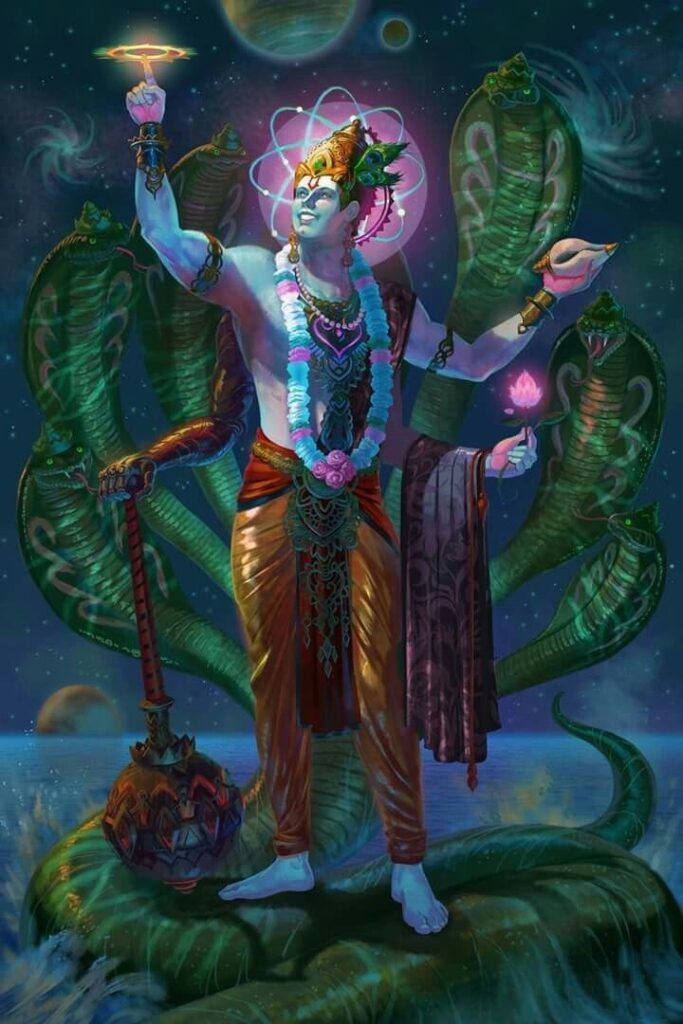
Gautama Buddha: The Founder of Buddhism
Gautama Buddha is commonly included as an avatar of Vishnu in Hinduism. Gautam Buddha (Enlightened One), was born as prince of Kapilavastu to King Suddhodhana and Maya. His original name was Siddhartha (Perfected Goal). After the disappearance of Shri Krishna, in Kali Yuga, true devotion to Vedas was replaced by empty rituals, so Lord Vishnu incarnated as Lord Buddha to rebuild the importance of Vedas with some modification for less intelligent people. Nobody was providing the satisfied answers to young Siddhartha questions regarding poverty, death, diseases etc. Then one day he kept everyone behind including his wife and child, and went to forest in the search of finding the Absolute Truth. When he came back he was full of Enlightenment, in state of Nirvana. The prime cause of all suffering is desire, one has to eradicate that, is one of the essence of Lord Buddha.
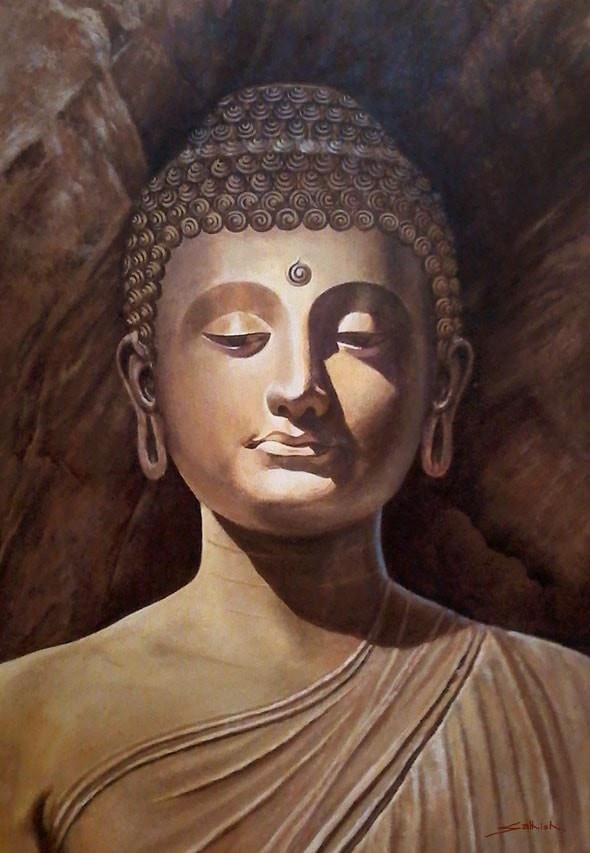
Kalki: The Apocalyptic Horse Rider
Kalki is described as the final incarnation of Vishnu, who appears at the end of each Kali Yuga. He will be atop a white horse and his sword will be drawn, blazing like a comet. He appears when only chaos, evil and persecution prevails, dharma has vanished, and he ends the kali yuga to restart Satya Yuga and another cycle of existence
More About The Hindu Pantheon
Features
Copyright © 2018 SEAN-O-VISTA

Powered with 
